Protection & Guard Dogs
Guard dogs, protection work, search & rescue, and emotional therapy are all useful roles that a service canine can do. Critically, the big shocker here that most people don't realize is that it just because you've got the right breed for the job, doesn't mean that they've got what it takes.
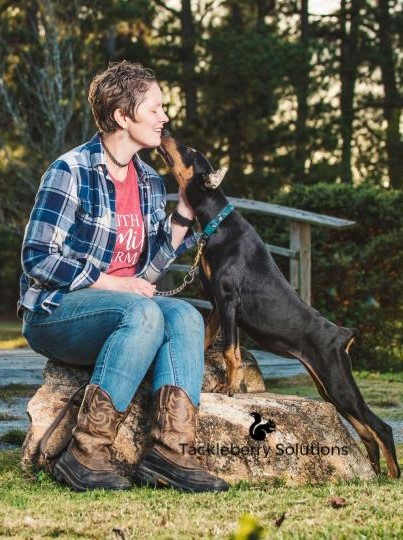
Hello, my name is Amy Arthur. I breed, train, and sell, purebred Doberman Pinscher puppies for service or protection work and as excellent quality family pets. Our dogs are personality tested and certified under Tackleberry Solutions and recommended for specific tasks depending upon their individual score results.
The Fear Factor - Press Play
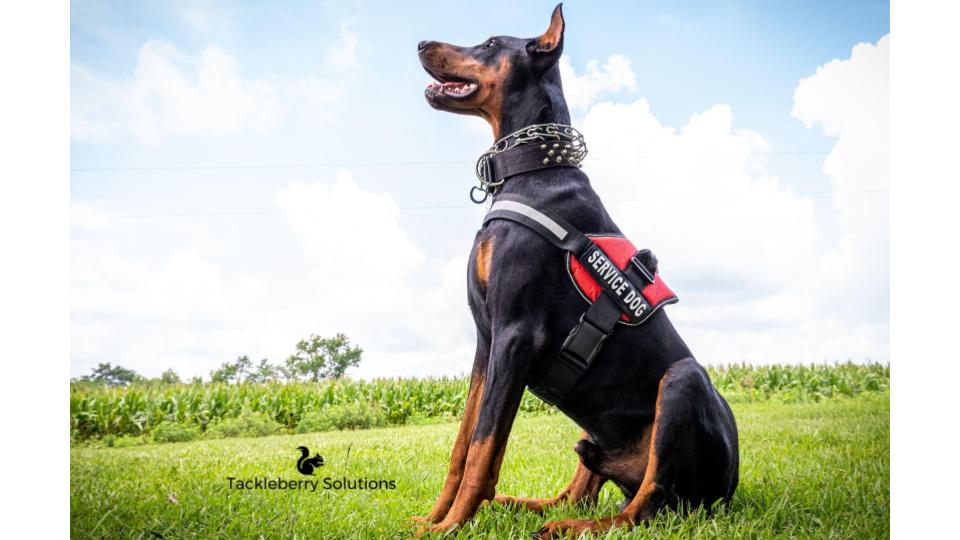
I wanted to share with you one crucial factor to consider when looking for a service, protection or guard dog. My goal is to help you better understand what to look for if you've ever contemplated owning and training one yourself.
The Fear Factor
The ultimate factor you should consider in a potential guard dog or service canine is fear.
How a puppy was bred, raised, and its corresponding personality plays a gigantic role in the fear factor of your canine.
To expound, every dog feels fear. It is the type of fear that matters the most. Because here's the thing, there are TWO major types of fear.
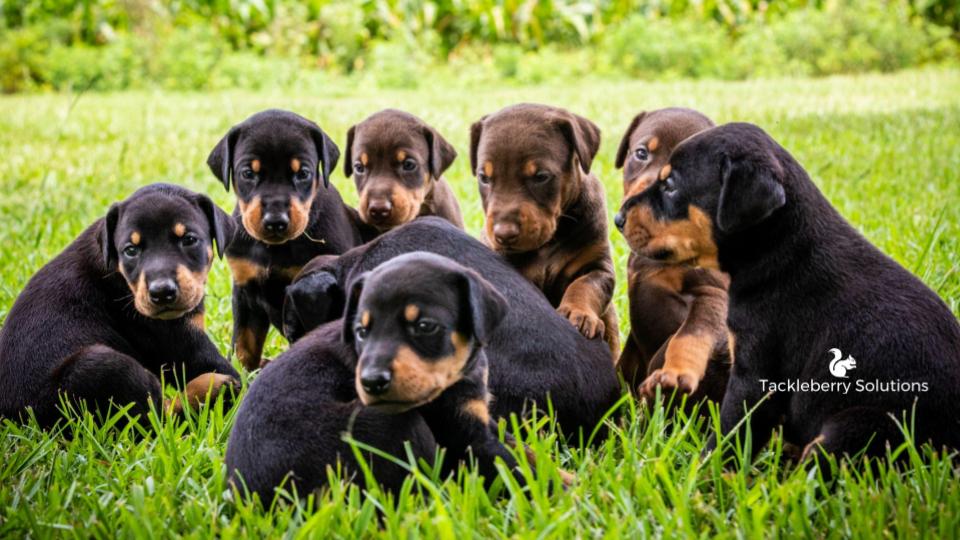
Further reading: Large Breed Dog Food: 5 Worst Myths
The First Type of Fear
The first is what I call the confident fear. That is to say, the protection or guard dog is confident in its abilities and what is expected of it. When it reacts, it is not responding out of terror but confidence.
As a result, a confident canine, when exposed to a stressful or fearful situation in which it feels danger towards itself or its owner, will still be able to think clearly. They'll listen to your commands easier and will have better instincts on how to react.
An example of this would be barking or growling to ward off the aggressor vs. effecting a bite to stop the attack.
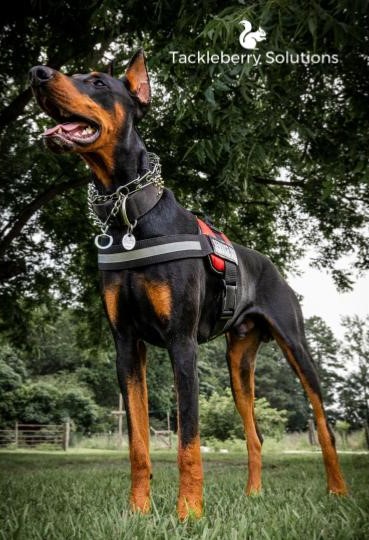
Further Reading: Popular Therapy Dog Breeds: Which One is for You?
Financing Available
The 2nd Type of Fear
The second type of fear is the opposite. This means that you're talking about a dog that is not confident in what it can do and is not sure what is expected of it.
Take people, for example. You've got the coward and the hero. Both certainly feel fear. It is how they handle that fear that defines their nature.
Likewise, a dog whose personality is uncertain and doesn't handle fear very well is going to be unpredictable when faced with a truly terrifying scenario. Just like a cowardly person, they're just as likely to react over-aggressively as they are to turn and run.
Recommended Reading: 5 Brutal Truths About Socialized Protection Dogs
Going Deeper
Now I'm going to take it a step deeper and divide the wrong type of fear (non-confident) into two more categories. Submissive and aggressive.
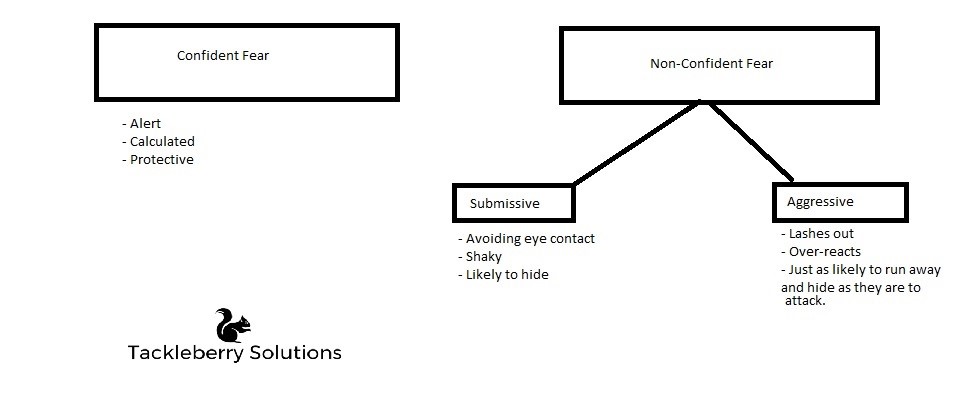
While neither one of the non-confident fearful traits would be good as a protection dog, a canine with a submissive score could actually function as an excellent family pet or even as a great therapy canine.
To expound, a dog with a submissive, non-confident fear would be overly anxious to please its owner. As a result, they're the kind of dog that would roll onto their back and expose their belly when seeking attention or when facing correction for bad behavior.
The Most Dangerous Type of Fear
Now consider the aggressive non-confident personality. A dog of this nature would actually fail our personality test and would not be recommended for any type of service work.
Usually, dogs like this were abused or had faulty breeding. This is not a personality you would expect to see in a healthy environment.
To expound, a dog with an aggressive, non-confident fear would care more for its own safety than for that of its owner. They're not concerned with pleasing anyone at all and are fully capable of turning on their handler during times of extreme stress.
Last Things to Consider
Things you can ask are:
- How does the puppy react to a new environment?
- Does it get scared and shaky easily?
- Does this puppy growl, bark, or nip unnecessarily?
- Is this puppy afraid of new people?
A Surprise Use for Protection or Guard Dogs for SHTF
Finally, I'd like to relate this to how vital a service canine can be in a dangerous situation.
While a protection dog's uses are obvious, there are some factors to owning one that is often overlooked. Protection service dogs can be trained to not only protect their owner/family but to clear buildings as well.
For Example:
For example, let's say you're returning home and notice that your once locked door is standing ajar. You want to make sure that it is safe to enter your home. You can actually train your protection service dog to clear the area for you.
The first step for training him/her to do this would be to leave a treat in every room and every closet of your home. (I would even consider leaving one behind the bathroom shower.)
Doing this while your dog is outside and then issuing a command when they enter, followed by showing them where all the treats are, begins a solid foundation toward getting your dog in the habit of checking your house.
A Protection or Guard Dog's 6th Sense
Another often overlooked factor with service dogs is their sixth sense.
Canines frequently pick up that something is majorly wrong before it happens. Pay attention to your dog's natural behavior. If there comes a day that they are barking more often than usual, showing agitation or jumpy, then you need to be on the alert. Your dog may be picking up on a coming natural disaster (such as an earthquake or hurricane) or attack/ambush.
Personal Protection Bite and Tracking Tackleberry Dobermans
Apply for Approval.
Financing Available
In Conclusion
I want you to feel confident you can choose a good service, protection or guard dog.
I hope that after reading this, you'll see the importance of and feel more comfortable about looking for and training your own service dog. Please feel free to contact me if you've got any questions or need clarification on the topic.
And, of course, I encourage you to check out our puppies if you're looking to find that perfect canine partner for your SHTF adventures.
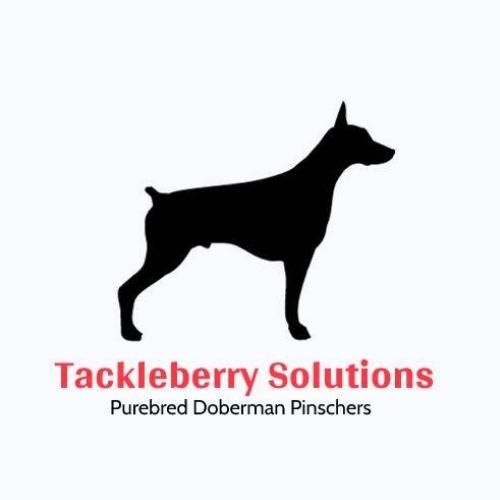
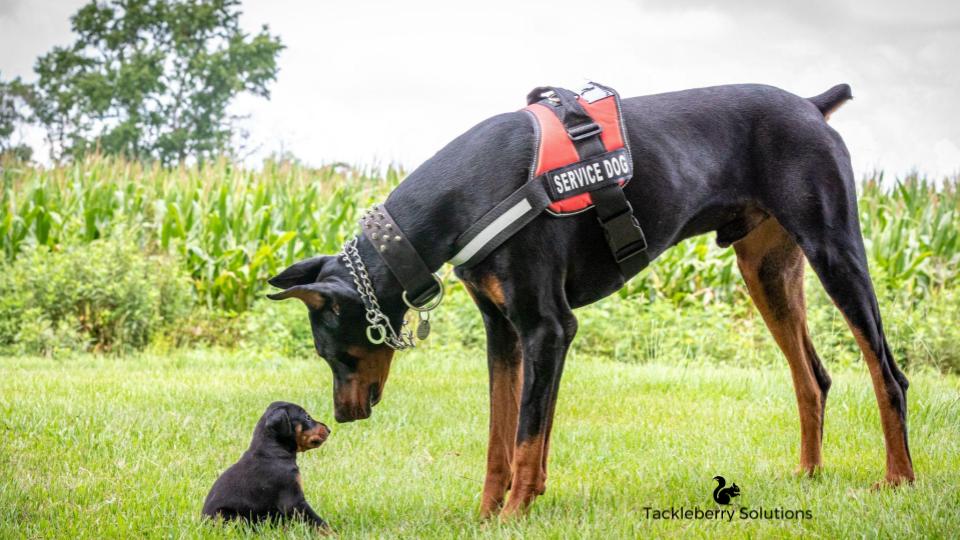
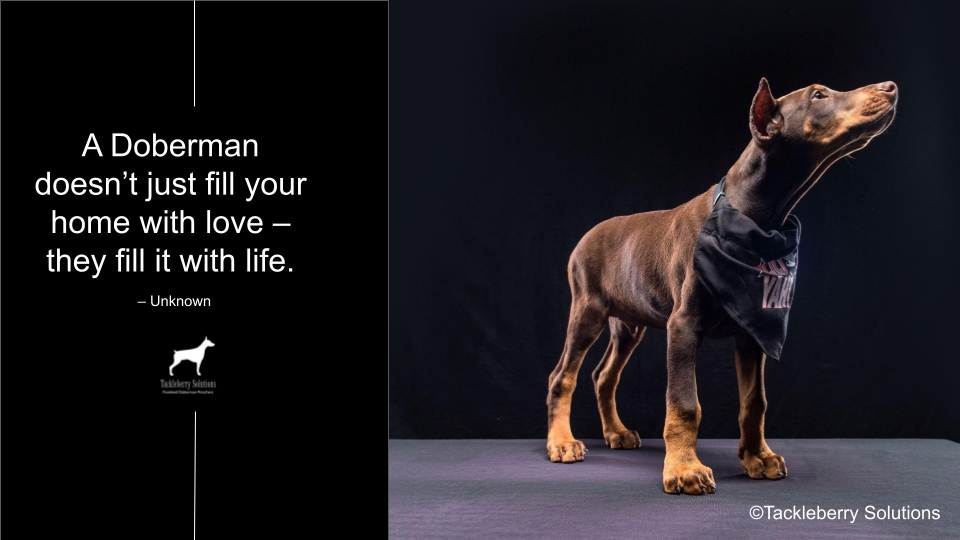

Your article was just what I needed to help determine if my 2 Rottweiler puppies, not siblings, are suitable for protection work. Seems that one is very much and the other is submissive. I live in Colombia South America and there are no trainers within three hours. I will take on the training challenge as I am doing pretty well with obedience training so far. Thanks again for putting your article out
Isn’t is fascinating how personality plays such a big factor? Thank you for the comment and best of luck with your training.